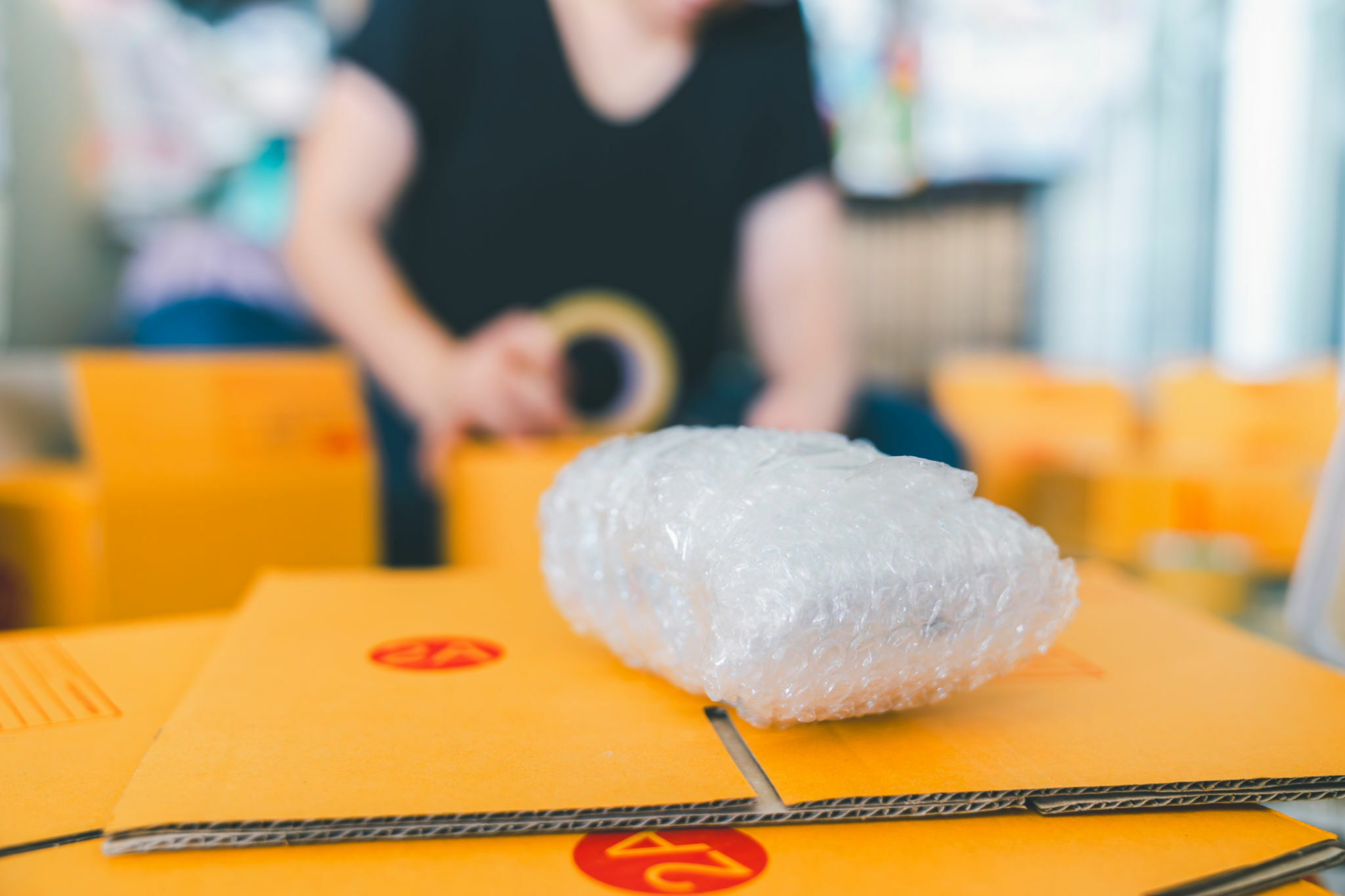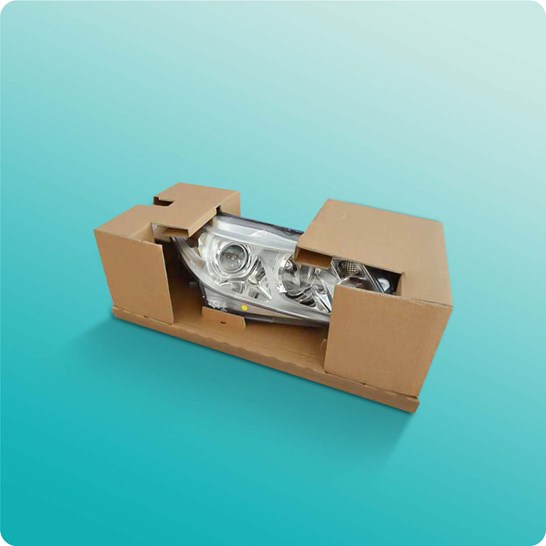Eco-Friendly Practices: Driving Change with Bulk Container Recycling
Eco-Friendly Practices: Driving Change with Bulk Container Recycling
Blog Article
Effective Industrial Recycling Solutions for Lasting Packaging: A Comprehensive Overview
In today's progressively environmentally-conscious world, the need for lasting product packaging options has actually never been greater. To fulfill this demand, companies across markets are actively looking for effective commercial recycling services. However, browsing the complicated landscape of lasting packaging can be testing without an extensive overview. That's where this thorough guide on reliable commercial recycling services for sustainable packaging comes in. By checking out crucial locations such as packaging material option, developing for recyclability, applying recycling framework, working together with recycling companions, and tracking and gauging reusing success, this guide will certainly furnish you with the understanding and devices required to make enlightened decisions and drive favorable modification within your company. Whether you're a packaging expert, sustainability manager, or simply curious about the subject, this guide will provide useful insights and techniques to assist you browse the globe of sustainable packaging.
Product Packaging Product Option
The choice of packaging materials plays a vital function in guaranteeing the sustainability of industrial reusing remedies. The choice of products is essential in lessening environmental influence and making the most of reusing efficiency when it comes to sustainable product packaging. Selecting the appropriate products can aid minimize waste generation, conserve resources, and promote a round economic climate.
One essential variable to take into consideration in packaging material selection is recyclability - plastic container manufacturer. Materials that can be conveniently recycled and integrated back into the manufacturing cycle are chosen. For instance, materials like cardboard, paper, glass, and certain kinds of plastics can be recycled multiple times without losing their high quality. On the other hand, materials that are hard to recycle, such as mixed plastics or non-recyclable compounds, can produce obstacles for the recycling procedure and might wind up in burners or garbage dumps.
One more factor to consider is making use of renewable and biodegradable products. Packaging made from renewable energies, such as plant-based plastics or biopolymers, can help minimize dependency on fossil gas and alleviate climate adjustment. In addition, eco-friendly materials damage down naturally gradually, minimizing the buildup of waste in garbage dumps.
Furthermore, the weight and quantity of packaging materials need to be lessened to decrease transport prices and energy intake. Light-weight materials not just call for fewer sources throughout manufacturing yet additionally add to lower carbon emissions during transport.
Designing for Recyclability
Packaging developers should focus on the usage of materials that are widely accepted for reusing and have developed recycling facilities. Materials such as glass, aluminum, and certain kinds of plastic, like PET and HDPE, are frequently reused and should be preferred over materials that are hard or pricey to recycle.
Another vital consideration in designing for recyclability is the elimination of unneeded components or products. By decreasing the number of layers, finishes, and added components, product packaging can be made simpler and much easier to reuse. Additionally, designers need to intend to minimize using combined products, as they can complicate the recycling procedure.

Implementing Recycling Framework
Reliable application of reusing facilities is essential for the success of industrial reusing remedies. Without appropriate framework in location, the recycling procedure ends up being inadequate and inefficient, impeding the total objective of sustainable product packaging.
To apply reusing infrastructure efficiently, numerous vital aspects require to be thought about. First of all, there should be an efficient collection system that assists in the splitting up and collection of recyclable materials. This can include assigned reusing containers in public areas, in addition to partnerships with waste monitoring companies for curbside pickup and sorting.
When collected, the recyclable materials need to be helpful hints delivered to reusing centers in a timely fashion. This requires effective logistics and transport networks, making certain that the products get to the appropriate centers without hold-up.
At the reusing centers, advanced sorting and handling technologies need to be in location to separate different kinds of products properly. This consists of the use of automated arranging machines, optical scanners, and hand-operated sorting strategies.
Furthermore, there ought to be a durable market demand for recycled materials. This can be achieved with partnerships with makers and industries that make use of recycled products in their production processes. Creating a secure market for recycled materials incentivizes the reusing industry and promotes the circular economy.
Teaming Up With Recycling Partners

One trick facet of collaborating with reusing partners is the establishment of clear interaction channels. It is very important to establish open lines of interaction to assist in the exchange of details, updates, and feedback. This allows both parties to stay educated regarding the progress of recycling efforts and address any obstacles or concerns that might occur.
Additionally, collaboration can involve collaborations in implementing and making reusing programs. Recycling partners can supply valuable insights and assistance in developing reliable collection systems and figuring out the most appropriate recycling technologies. By interacting, companies and recycling companions can optimize the reusing procedure and decrease waste.
Furthermore, cooperation can extend beyond the functional facets of reusing. It can additionally encompass advocacy and education and learning efforts. By signing up with forces, services and reusing companions can elevate awareness about the relevance of recycling and promote the adoption of sustainable product packaging methods among customers and other stakeholders.
Monitoring and Measuring Recycling Success
To guarantee the efficiency of commercial reusing remedies and the achievement of sustainable product packaging objectives, it is vital for services and their reusing companions to establish a comprehensive system for tracking and measuring recycling success (plastic container manufacturer). Gauging and tracking reusing success next page allows companies to analyze the impact of their reusing efforts, recognize areas for improvement, and set meaningful targets for future progress
One method to track recycling success is through making use of data collection and analysis devices. By accumulating data on the amount of packaging waste generated, the percent of waste that is recycled, and the types of products being recycled, services can obtain important insights into their recycling performance. This information can after that be assessed to recognize patterns, patterns, and areas of ineffectiveness.
An additional vital element of tracking and determining recycling success is developing clear and standard metrics. This enables companies to compare their performance against industry benchmarks and track their progression over time. Metrics such as reusing rates, waste diversion prices, and greenhouse gas exhausts can offer a quantitative step of a service's recycling success.

Conclusion
In conclusion, implementing efficient commercial recycling options for lasting packaging requires cautious factor to consider of product packaging product choice, designing for recyclability, applying reusing facilities, working together with recycling partners, and tracking and determining recycling success. By integrating these techniques, businesses can contribute to a more sustainable and environmentally-friendly approach to product packaging, decreasing waste and promoting the circular economy.
By checking out key areas such as packaging material choice, developing for recyclability, executing reusing facilities, working together with recycling companions, and monitoring and determining reusing success, this overview will equip you with the expertise and devices required to make enlightened choices and drive positive look at this now change within your company. Packaging designers need to prioritize the usage of products that are extensively approved for reusing and have established recycling infrastructures.Collaboration with reusing partners is necessary for the successful execution of industrial reusing remedies and the accomplishment of lasting product packaging goals. By signing up with pressures, services and reusing companions can elevate awareness about the significance of reusing and advertise the fostering of lasting packaging practices amongst consumers and various other stakeholders.
By collecting information on the quantity of product packaging waste produced, the percentage of waste that is recycled, and the types of materials being reused, organizations can obtain beneficial understandings right into their recycling performance.
Report this page